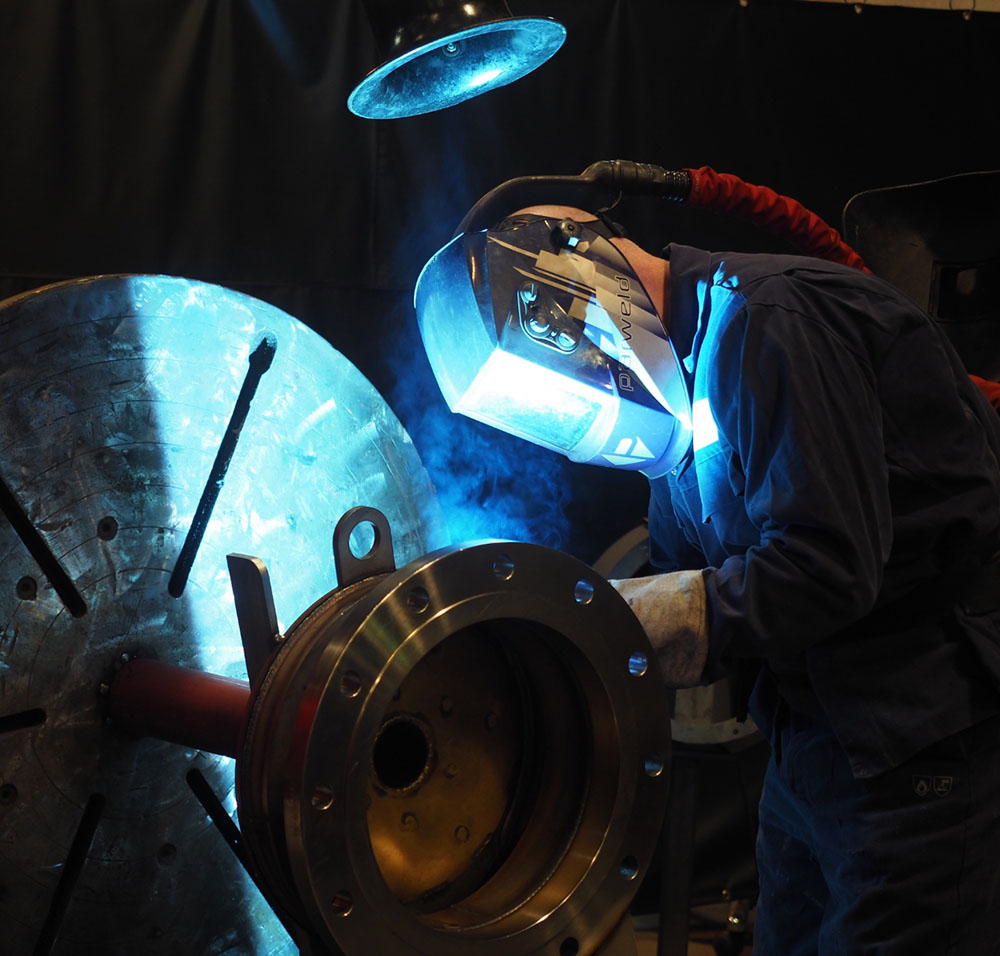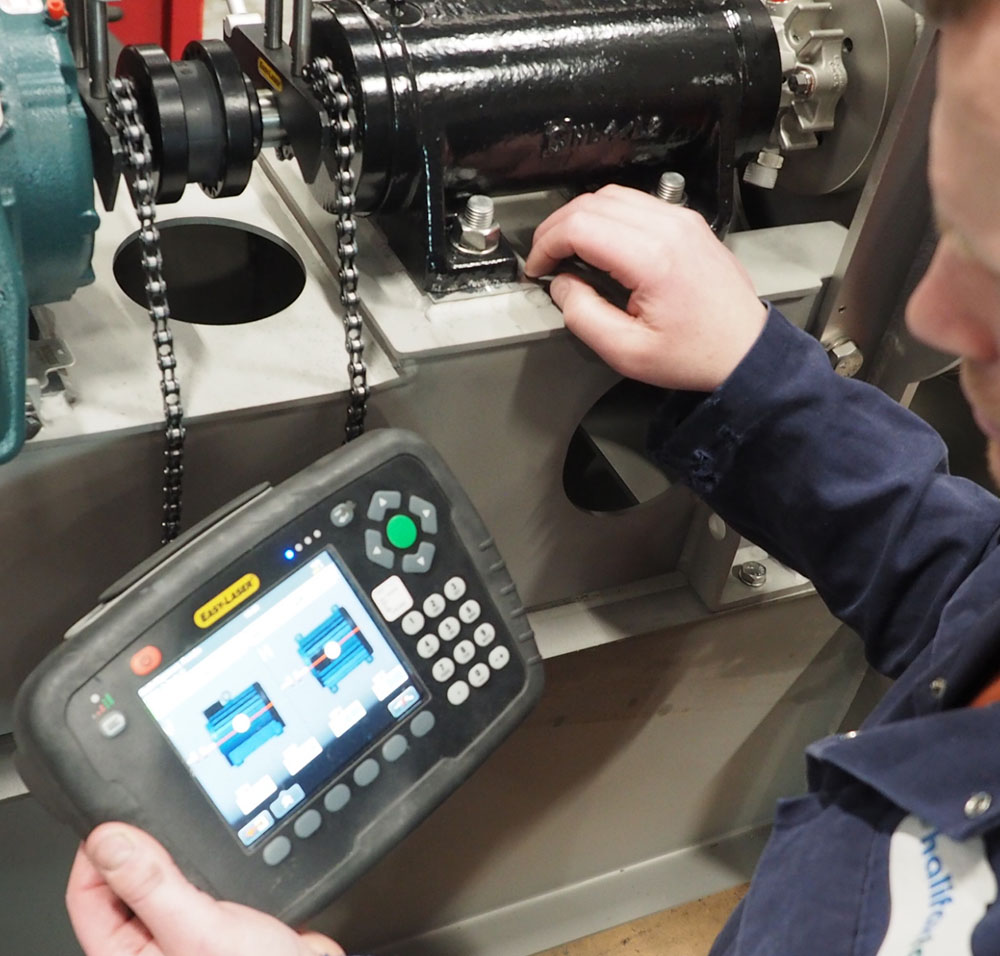Energy efficient industrial fans
Energy conservation has become one of the most important topics driving our world today.
Industrial fans & energy
Industrial fans are estimated to consume some 25% of the energy used by the manufacturing sector.
Inefficient fans, the incorrect selection and application of fans, poor design of fan systems and their ducting, all contribute to this massive energy loss.
As energy has become more precious the cost of it has risen, so avoiding unnecessary waste has become a critical function in forward looking companies resulting in the creation of energy managers whose job it is to minimise energy costs. This doesn’t just mean buying the company’s energy cheaper, it also means conserving it and this is best done by installing the most efficient plant as replacements and upgrades are installed.


Energy regulation
The European Union has become a global leader in the formulation of regulations governing the efficiency of electric motors placed on the EU market. Standard IEC 60034-30 defines the energy efficiency classes for asynchronous motors. Regulations (EC) 640/2009 and 04/2014 established the conditions for the conversion to the new energy-efficient technology. IE2 has been in place as the minimum efficiency since 2011 and 2015 saw the second stage take effect with only motors in the power range from 7.5 to 375 kW complying with Energy Efficiency Class IE3 permitted for line operation in the European Economic Area.
Fans too have become the subject of regulations governing their efficiency. Fan manufacturers must now comply with European Commission regulation (EU) No 327/2011 with regard to ecodesign requirements for fans driven by motors with an electric input power between 125 W and 500 kW.
The costs of inefficiency
Oversizing of fans for the job is a major factor in fan inefficiency. The old adage of 'make it bigger to be sure it’ll do the job' is no longer acceptable.
A fan that is too big, perhaps in anticipation of future production requirements, would have to have its throughput controlled to achieve the exact needs of the process. Most often, the low-cost solution to this would be to utilise damper control to disrupt the airflow into the fan, effectively lowering its efficiency, by as much as 40 or 50%.


How can we help?
Every fan that leaves Halifax’s factorie is a high efficiency custom built unit, manufactured from the right materials, offering high reliability and optimum efficiency .
At the heart of this philosophy is an extensive and ongoing investment in design and manufacturing technology. Halifax employs the latest computer aided design software to ensure the designs translate accurately from the computer screen to the factory floor. Inventor® 3D CAD software enables Halifax to work closely with the customer, producing 3D simulation models that can be worked on together to give additional benefits, whether it’s a one-off cost saving or life-time energy savings. Whether it’s a single fan for a project or fans to be batch produced for an OEM, the same applies – the customer gets the most efficient fan for his application.
Get in touch with our team today
We can advise, design, manufacture and service industrial centrifugal fans from simple combustion fans to complex high temperature hazardous gas handling applications wherever you are in the world.

